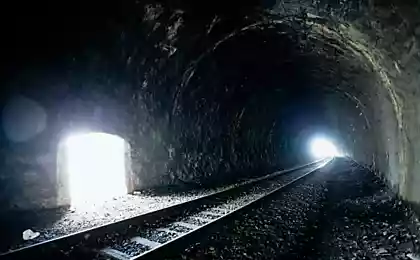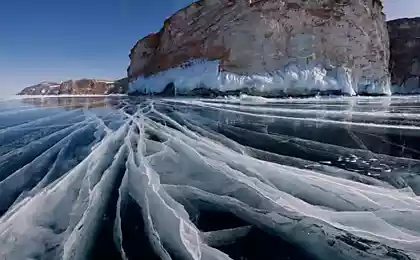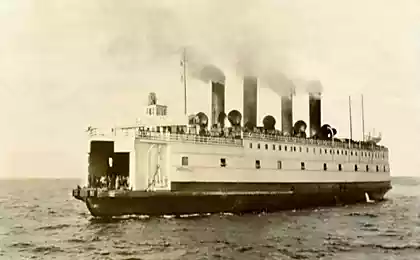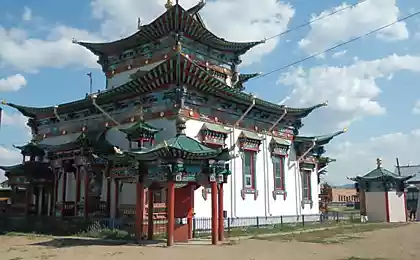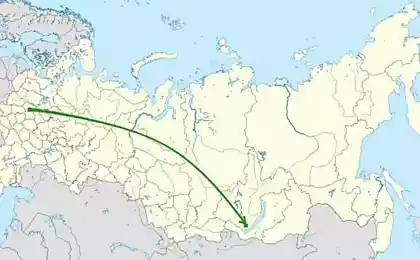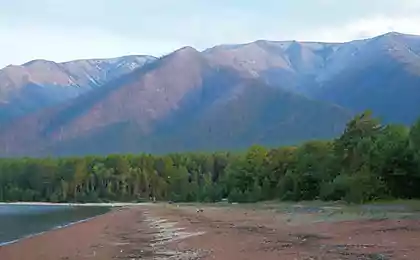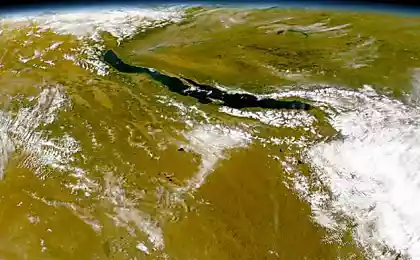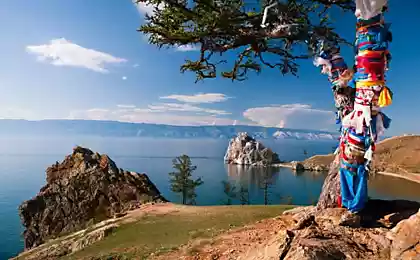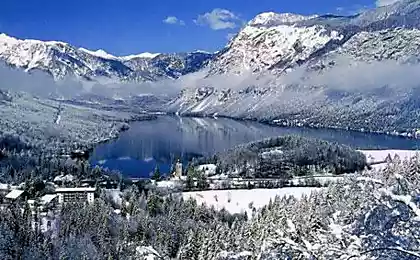1675
Unique animals of Lake Baikal
I'll start first with what is this lake.
Lake Baikal - the lake of tectonic origin in the southern part of Eastern Siberia, the deepest lake on the planet Earth, the largest natural reservoir of fresh water. Lake and coastal areas feature a unique variety of flora and fauna, most species endemic (has a single habitat).

Views of Lake Baikal, most of the photos from the island of Olkhon (you can tell it in the middle of Lake Baikal).
01
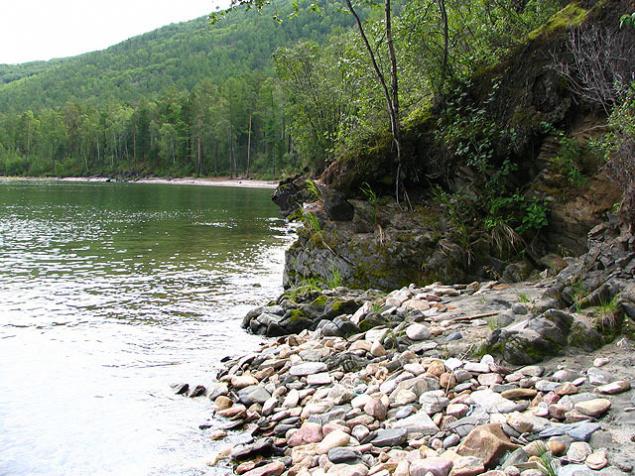
02
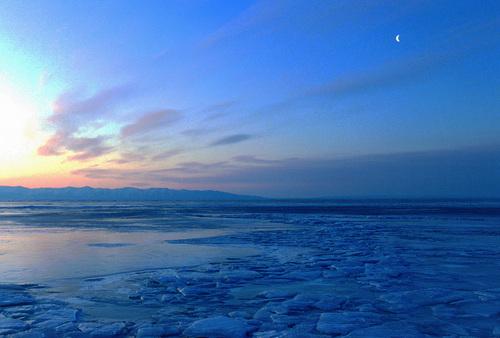
03
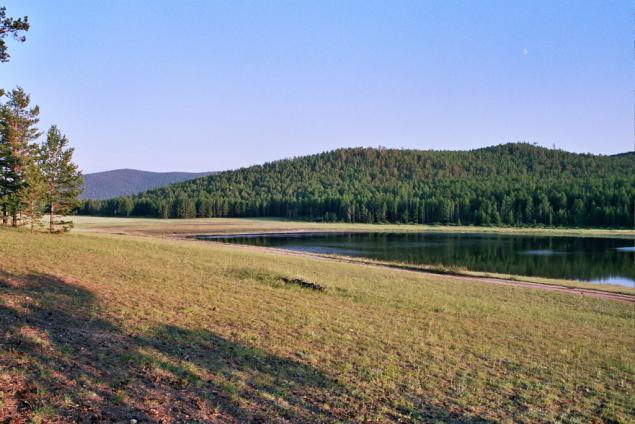
04
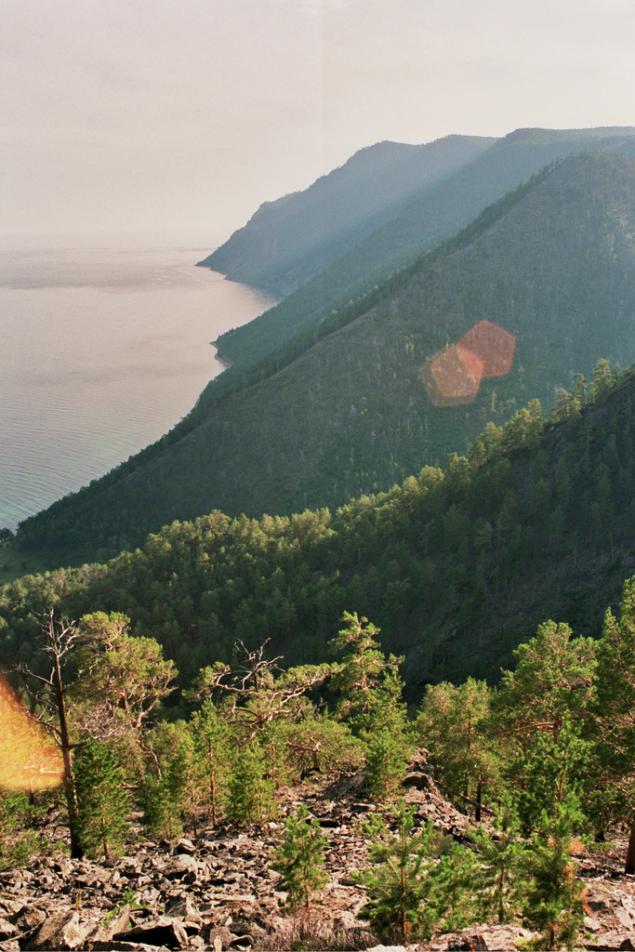
And now about the animals themselves, but rather on smyh interesting ones in my opinion.
Golomyanka (lat. Comephorus) - genus of fish Golomyankovye family, including two species.
This transparent fish without scales and swim bladder, the body which 35% is made up of fat. to dwell in deep water of Lake Baikal and belongs to a class of viviparous. Russian name "golomyanka" comes from the word "golomen", which means "high seas", and accurately conveys the particular ecology of these fish.
Due to the transparent body in the dark cold lake it is almost invisible. These fish are found only in Lake Baikal and have only two types - small and large golomyanka.
Most golomyanka, female

Most golomyanka, male.
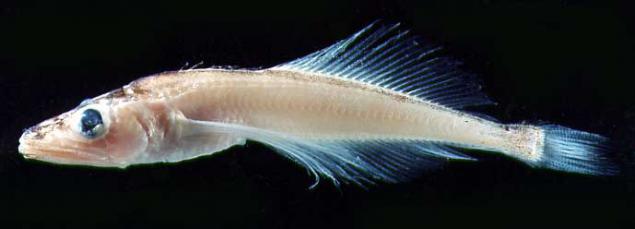
Small golomyanka, female

Small golomyanka, male

The largest instance of female big golomyanka reaches 25 cm, males - up to 16 cm. Females and males low golomyanka noticeably smaller. The female is 15 cm, and the male - up to 12 cm. Golomyanka matures on the second or third year of life, therefore, could live up to 10-15 years. However, such a high age individuals has not yet been found.
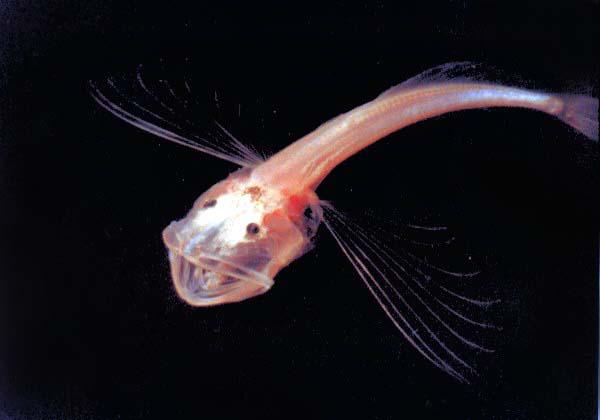
It is not clear whether they can be prepared, because they are almost entirely of fat?
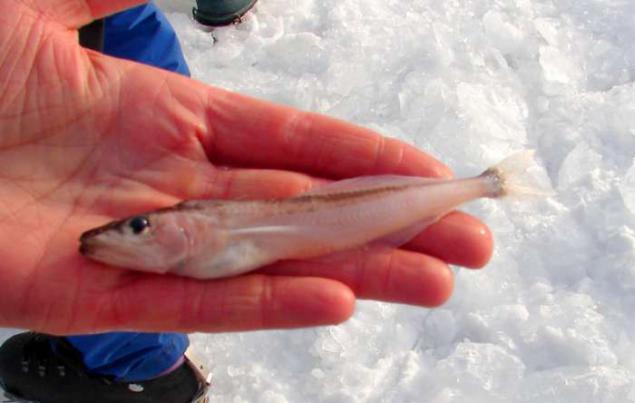
Here is a "manual" golomyanka.
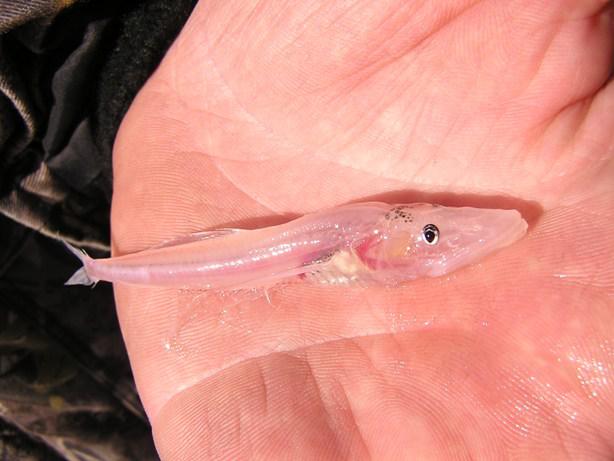
As you can see it with the "wings" and is similar in this case with a native perch.

And now about their enemies!
The Baikal seal (lat. Pusa sibirica) - the world's only species of seal that lives in fresh water. Endemic to Lake Baikal, a relic.
The average length of an adult seal - 165 cm (from the end of the nose to the end of the hind flippers). Weight of 50 to 130 kg more weight females than males. Linear growth ends at the seals to 17-19 years, and continues more weight over the years and is available until the end of life. Live up to 55 years.
Baikal seal on modern classification refers to the family of seals (Phocidae), the genus Pusa (apparently Pusya, Lapusya, it reflects their lapochnye faces).
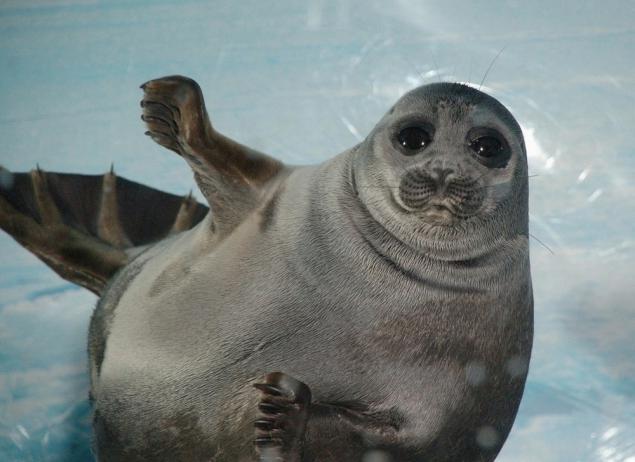
They eat just golomyankas and other non-target fish.

But the baby-seal.

Apparently the nurse and wee.

On coastal rocks.

Can not believe it, but these wretches crows peck O_o

Although it is healthy.
Dobavleno1 in [mergetime] 1248780288 [/ mergetime]
I think that until the finish, then if I find interesting animals from there, lay.
I have more in the country was an old book in a deep sdelanaya USSR, it was with Pts beautiful pictures and there was an old legend about a sly golomyanka and young ringed seal, if going to the country and support the theme, I scan it and lay out here, too, a kind of relic book, on the Internet it even one scan is not found.

Source:
Lake Baikal - the lake of tectonic origin in the southern part of Eastern Siberia, the deepest lake on the planet Earth, the largest natural reservoir of fresh water. Lake and coastal areas feature a unique variety of flora and fauna, most species endemic (has a single habitat).

Views of Lake Baikal, most of the photos from the island of Olkhon (you can tell it in the middle of Lake Baikal).
01

02

03

04

And now about the animals themselves, but rather on smyh interesting ones in my opinion.
Golomyanka (lat. Comephorus) - genus of fish Golomyankovye family, including two species.
This transparent fish without scales and swim bladder, the body which 35% is made up of fat. to dwell in deep water of Lake Baikal and belongs to a class of viviparous. Russian name "golomyanka" comes from the word "golomen", which means "high seas", and accurately conveys the particular ecology of these fish.
Due to the transparent body in the dark cold lake it is almost invisible. These fish are found only in Lake Baikal and have only two types - small and large golomyanka.
Most golomyanka, female

Most golomyanka, male.

Small golomyanka, female

Small golomyanka, male

The largest instance of female big golomyanka reaches 25 cm, males - up to 16 cm. Females and males low golomyanka noticeably smaller. The female is 15 cm, and the male - up to 12 cm. Golomyanka matures on the second or third year of life, therefore, could live up to 10-15 years. However, such a high age individuals has not yet been found.

It is not clear whether they can be prepared, because they are almost entirely of fat?

Here is a "manual" golomyanka.

As you can see it with the "wings" and is similar in this case with a native perch.

And now about their enemies!
The Baikal seal (lat. Pusa sibirica) - the world's only species of seal that lives in fresh water. Endemic to Lake Baikal, a relic.
The average length of an adult seal - 165 cm (from the end of the nose to the end of the hind flippers). Weight of 50 to 130 kg more weight females than males. Linear growth ends at the seals to 17-19 years, and continues more weight over the years and is available until the end of life. Live up to 55 years.
Baikal seal on modern classification refers to the family of seals (Phocidae), the genus Pusa (apparently Pusya, Lapusya, it reflects their lapochnye faces).

They eat just golomyankas and other non-target fish.

But the baby-seal.

Apparently the nurse and wee.

On coastal rocks.

Can not believe it, but these wretches crows peck O_o

Although it is healthy.
Dobavleno1 in [mergetime] 1248780288 [/ mergetime]
I think that until the finish, then if I find interesting animals from there, lay.
I have more in the country was an old book in a deep sdelanaya USSR, it was with Pts beautiful pictures and there was an old legend about a sly golomyanka and young ringed seal, if going to the country and support the theme, I scan it and lay out here, too, a kind of relic book, on the Internet it even one scan is not found.

Source:
